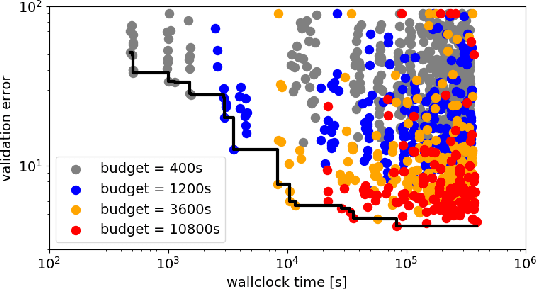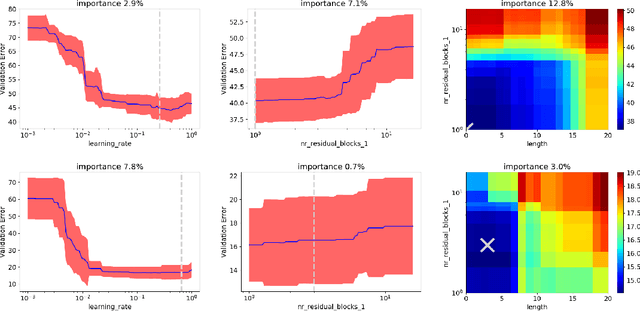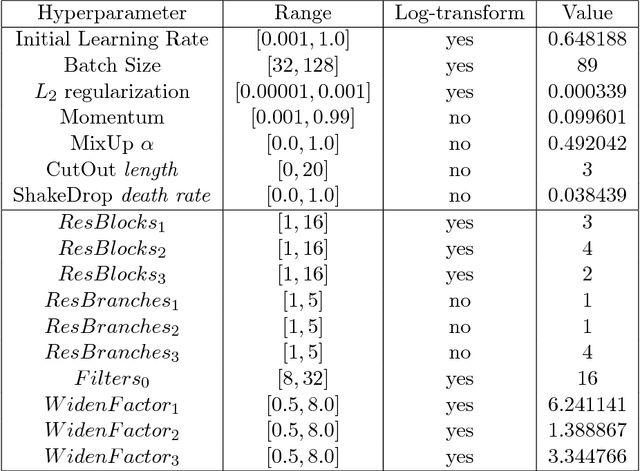Towards Automated Deep Learning: Efficient Joint Neural Architecture and Hyperparameter Search
Paper and Code
Jul 18, 2018



While existing work on neural architecture search (NAS) tunes hyperparameters in a separate post-processing step, we demonstrate that architectural choices and other hyperparameter settings interact in a way that can render this separation suboptimal. Likewise, we demonstrate that the common practice of using very few epochs during the main NAS and much larger numbers of epochs during a post-processing step is inefficient due to little correlation in the relative rankings for these two training regimes. To combat both of these problems, we propose to use a recent combination of Bayesian optimization and Hyperband for efficient joint neural architecture and hyperparameter search.
* ICML 2018 AutoML Workshop * 11 pages, 3 figures, 3 tables, ICML 2018 AutoML Workshop
 Add to Chrome
Add to Chrome Add to Firefox
Add to Firefox Add to Edge
Add to Edge